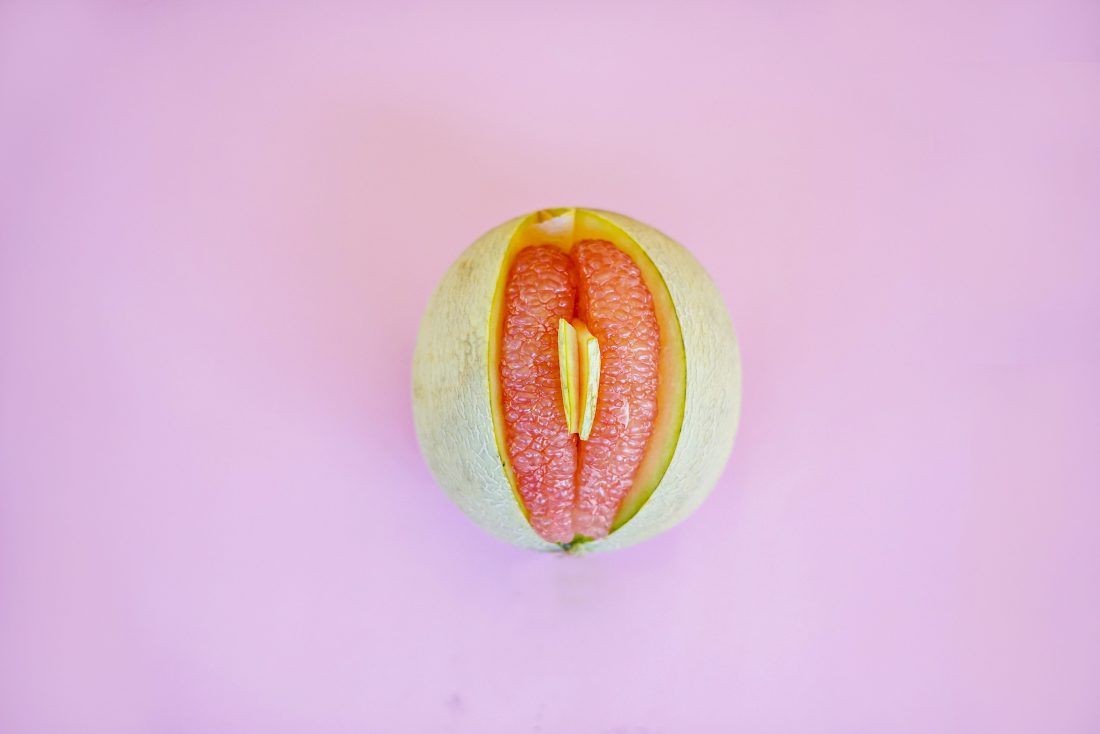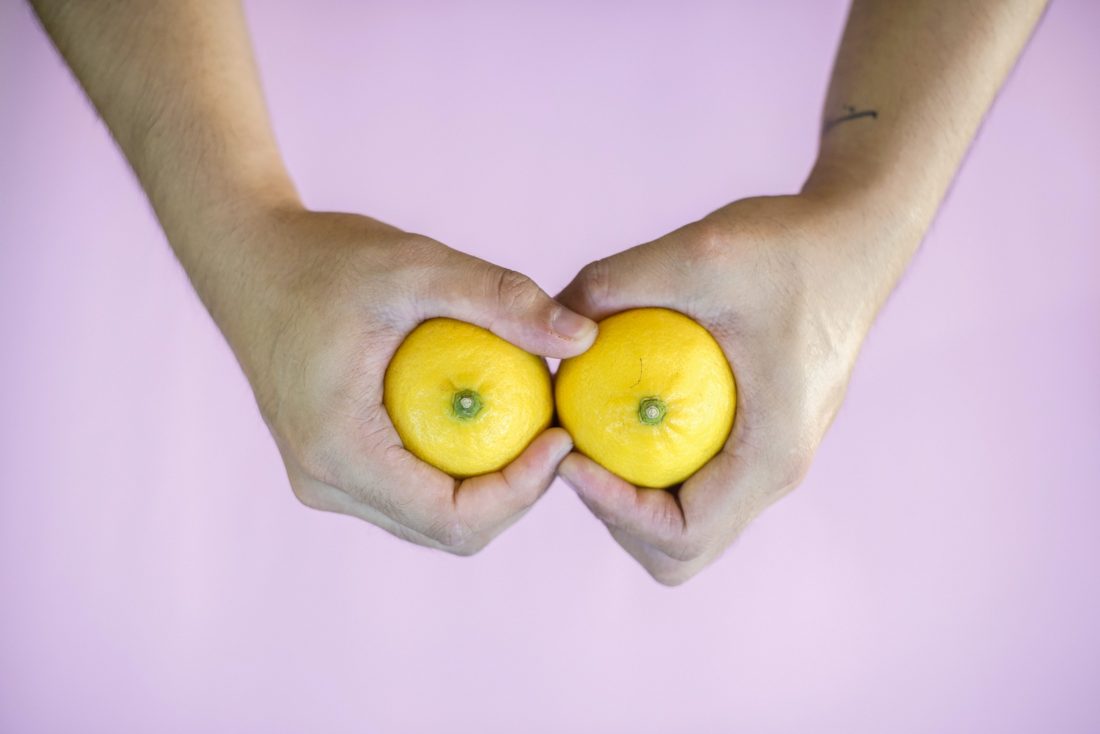If sex is taboo, a woman who wants sex is unmentionable.

Sex, as much as it is one of the oldest and most natural acts between man and woman upon which our very survival and existence literally rely on, has become quite the sexist thing.
For every celebration of it that men get, women get equal amounts of shame and guilt. When boys hit puberty, they are celebrated loud and proud with coming of age parties in the presence of entire families and communities. When girls hit puberty, they are quietly handed tampons and pads in hushed whispers, told to keep it a secret and made to cover up lest their developing bodies invite the devil by bringing temptations.
Thus begins a life-long journey into womanhood where everything about her sexuality is used against her. The woman who owns her sexuality and is comfortable with her body and its natural functions is the devil’s messenger, she who does his bidding with seduction and lust.
Irony doesn’t begin to describe this ingrained global culture in which an act that takes equal participation from both genders to function and enjoyed most efficiently, vastly divides the respect given to him and prejudice to her.
Then it got worse. Someone somewhere came up with the decision that women shouldn’t enjoy sex – one of the most pleasurable things in the human scope of experience. Even though it takes man and woman to engage in it, only the man should derive pleasure from it. Shame on you, girl, if you enjoy it, want it, even think of it.
If sex is taboo, a woman who wants sex is unmentionable.
The tumultuous carnal relationship between woman and sex
It wasn’t always like this. What better example do we have than the Greeks, who gave us the words of all things sex from aphrodisiac and eroticism to homosexuality and pederasty.
We’re all familiar with the heroic Hercules, whose reputation of strength includes his valour in ravishing 50 virgins in a single night. Our hero’s masculinity lies in brute strength and virility, celebrated virtues that all men at some point, have benchmarked themselves against. But wait, he was mere mortal.
There was an actual God, or rather Goddess, for sex – Aphrodite, the Goddess of love, beauty, pleasure and procreation (in other words, hot, passionate sex), who was supposedly born from her father’s foaming semen in the coast of Cythera.
Aphrodite wasn’t the only one. The Egyptians had Min just as the Romans had Venus and the Nordic-Germanic had Freyja, just to name a few. When it comes to sex, it is the woman who ruled it.
Fast forward to the Renaissance era, the period of cultural, artistic, political and economic rebirth. Sure, sex during the Renaissance was one of contradiction where fornication was condemned yet prostitution was legalised, but a quick look at the greatest works of art shows that sex is natural and women were celebrated for the beauty that is their bodies, naked or otherwise.
The nude figure is central to most, if not all Renaissance art, which at first glance tell of lust and erotic pleasure. However, underlying most is an ode to the antique past of Greece and Rome, representing ideals of goodness and perfection told through the appreciation of surfaces and colours of paintings and artwork (Zhao, 2017).
The biggest example is Titian’s Sacred and Profane Love, which is his ode to Venus as the ideal, if not perfect, woman, representing both platonic and sensual love as values that should be honoured (Tinagli, 1997). For him and most of his peers, the idea of nature and all its beauty is personified with the perfection in the body of the nude woman.
One of the tamest depictions of erotic mythology is the fresco cycle by Giulio Romano commissioned by Federico II Gonzaga in 1525-6. In a private dining room, the riotous Wedding of Cupid and Psyche depicts amorous guests, man and woman, each unclothed and reveling in their nakedness.
Sex is not dirty, neither the women who pleasure in them.
Why sex and women equates to bad: A theory
Society’s most derogatory labels are often derived from women and sex. The olden days deemed harlots, whores, wenches, tramps and the likes among the lowest of society, deserving of scarlet letters in supposedly more modern societies, or impalement in more backward ones. Today, skank, slut, tart, or the direct source of sex itself – c*nt – continue to inflect disparaging discrimination towards women from the streets to the World Wide Web.
Perhaps it’s religion, perhaps it’s patriarchy, or perhaps it’s plain ignorance. Alongside ever evolving understanding and acceptance of the role of women in sex, it is not without its counterpart that saw sex as an evil – a tool that renders mankind blind to the wants of the flesh. There’s truth in that – sex addiction is real and abuse of it even more so. However, just like the saying that it takes two to clap, wouldn’t the evil of sex take two to do the vertical tango, especially in matters of intercourse?
Of course, like most instances in all the world’s wrongs, it is easiest to point fingers at women as the root cause. Without the temptress, there is no desire. Without desire, there is no sin. It doesn’t matter if the desire exists from a source and the source is oneself – heresy is the outside trigger.
Generations of this ideology perpetuated the belief women are the bearer of evil and in trying to shake off the label, women oppressed their sexuality and wanted nothing to do with it (Rodriguez-Ginores, 2000).
Women and sex today
With centuries of education and generations of equal rights movements, you’d think we should be at the peak of equality when it comes to gender norms. Alas, to err is human and we are all only human, especially when it comes to sex.
Yes, women now have sexual liberation that generations before them can only dream of, but a lot of that freedom is still influenced by habits to prioritise the pleasure of their partners. Traditional and modern media have too long put women in sexual roles that stem out of obligation, duty, manipulation or unwanted attention. Never does the “good girl” want it and those who do are never pure. Because of this and many other factors, the ‘orgasm gap’ is very real – in heterosexual relationships, women on average have far fewer orgasms than man.
It’s so real that to this day, books continue to be written about how to help women to climax. More recently, entire websites complete with videos and tutorials are available online to learn exactly how. Yes, we’re referring to one OMGYes that comes with raving reviews from Emma Watson herself.
But sex and pleasure for women doesn’t necessarily need to come from a partner. In this era of self love, female masturbation is becoming increasingly normalised – but not without disparages.
In 2018, a startup called Lora Dicarlo was given the Robotics Innovation Award at the annual Consumer Electronics Show (CES) for a hands-free personal massager called Osé. Yes, that is a fancy term for what is essentially a vibrator. Gasp!
In as little as a month later, the Consumer Technology Association (CTA) who organised the CES, revoked the award, calling the product “obscene”. Take a moment to register the fact that this small vibrator caused a scandal in the tech industry’s marque trade show, for years has been showcasing virtual reality porn and hyper-realistic AI-enabled sex dolls, all because it was created to help women orgasm.
But all is not lost, yet. CES eventually returned Lora DiCarlo its Robotics Award and announced that sex tech will now be included in the show moving forwards, albeit discreetly under the health and wellness category. By January 2020, a dozen sex tech companies are exhibiting female sex toys and aides alongside fitness trackers and Impossible Pork.
For Aphrodite and Venus and Min and Freyja, for the artists and harlots and sex toy inventors at CES and Emma Watson, maybe it’s time to finally be more open about female sexuality and Her pleasure.
Photos by Kinkazoid
Source:
1. Zhao, Eva (2017) Women in Italian Renaissance Art: Representation, Societal Ideals and Identity
2. Tinagli Paola, (1997) Women in Italian Renaissance Art: Gender, Representation and Identity
3. Rodriguez-Ginores, Miguel A, (2000) The Evolution of Female Sexuality











